Nature Spiral is a circular arrangement of limestone boulders situated near the Mississippi River in the Illiniwek Forest Preserve, near Hampton, Illinois (just north of East Moline). Ideally suited for a park named after the regional Native American tribes, the artwork blends in with its natural environment and is reminiscent of Native American and Neolithic earthworks. The spiral can be reached by Illinois Route 84, or the Great River Trail for hikers and bicyclists.
The site was chosen in 1995 by a community-wide partnership led by Quad City Arts and River Action. Public meetings were arranged for the community to express ideas for an artwork that improved awareness of, appreciation of, and access to the Mississippi River. In all, nearly 50 historic preservationists, river activists, and members of the community contributed to the project led by area artist Kunhild Blacklock, who designed the work and supervised its installation.
Completed in 1997, Nature Spiral is primarily made of 65 boulders, with outlined images of native birds, fish, insects, animals, and plants cut into the surface of many of the stones. Among the flora and fauna is a bald eagle, channel catfish, mayfly, deer, silver maple, cattail, and waterlily. Approximately 800 feet in circumference, the spiral also includes planted trees and wildflowers. A nearby informational sign provides a map of the spiral and a key to the iconic images on the rocks.

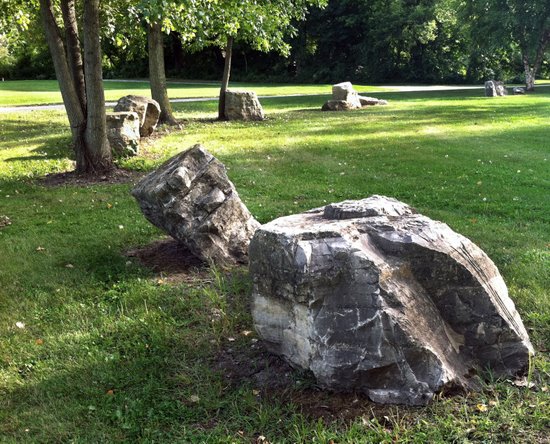
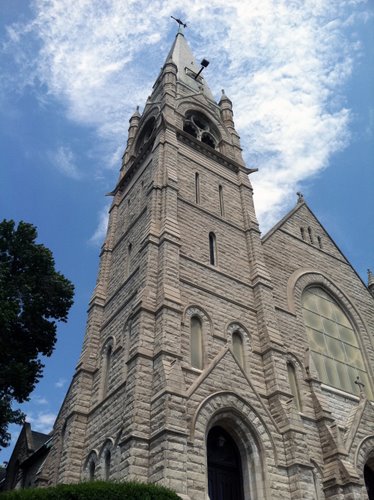 When Sacred Heart Cathedral (at the corner of Iowa and 10th streets in Davenport) was completed in 1891, its bell tower and spire was the tallest structure in the Quad Cities. Soaring majestically above the surrounding trees and neighborhood, its approximate height of 160 feet seemed even greater because of its placement at the top of a steep hill near the crest of the bluff overlooking the Mississippi.
When Sacred Heart Cathedral (at the corner of Iowa and 10th streets in Davenport) was completed in 1891, its bell tower and spire was the tallest structure in the Quad Cities. Soaring majestically above the surrounding trees and neighborhood, its approximate height of 160 feet seemed even greater because of its placement at the top of a steep hill near the crest of the bluff overlooking the Mississippi.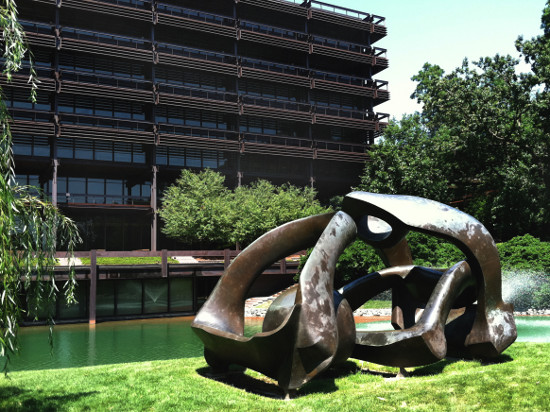
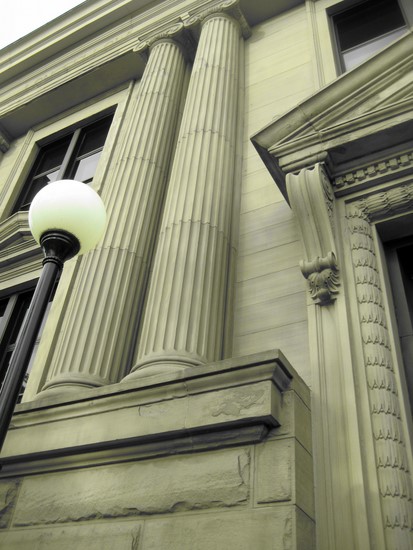 More than a century separates the opening dates of the most recent and the oldest public-library buildings in the Quad Cities. The differences between these buildings reflect our changing relationship to the environment, and their architecture reflects the evolution of the library from a symbol of culture to a community center.
More than a century separates the opening dates of the most recent and the oldest public-library buildings in the Quad Cities. The differences between these buildings reflect our changing relationship to the environment, and their architecture reflects the evolution of the library from a symbol of culture to a community center.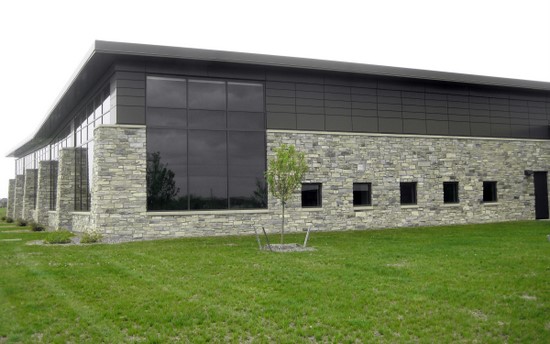
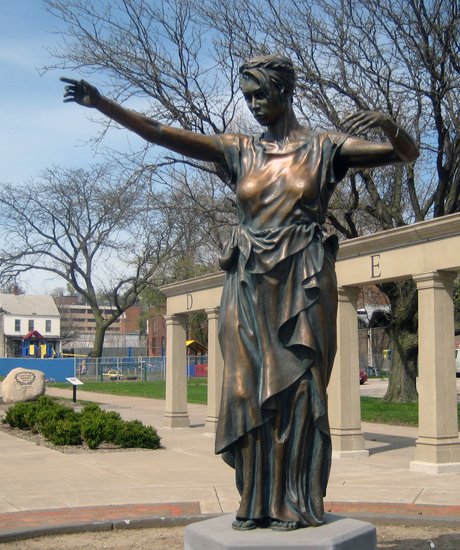
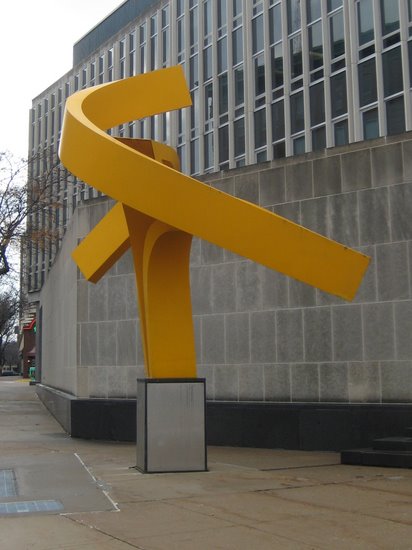
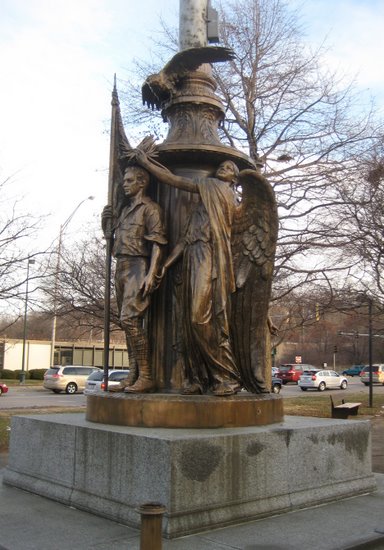
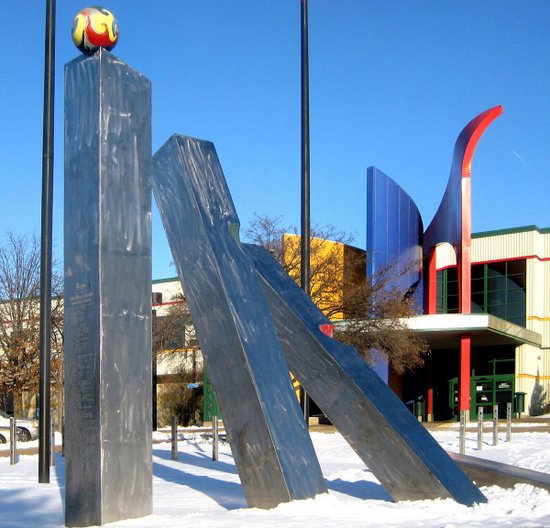
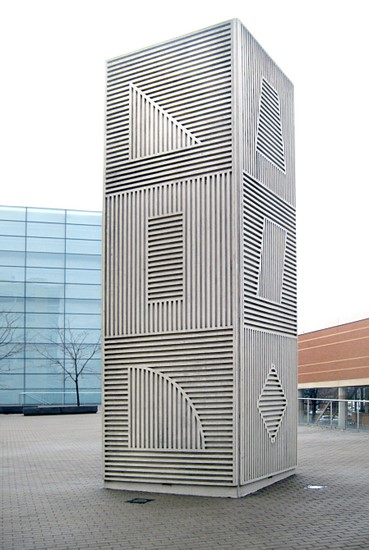
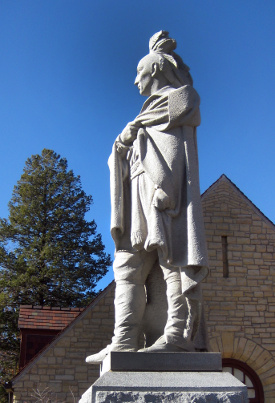 Standing on a ridge overlooking the Rock River, an 18-ton granite statue of Black Hawk dominates the space before the Watch Tower Lodge at the Black Hawk State Historic Site (1510 46th Avenue in Rock Island). This is near the location of the Native American village Saukenuk, the largest settlement in Illinois when it became a state in 1818. The statue's commanding presence tells us that this was a man of great importance.
Standing on a ridge overlooking the Rock River, an 18-ton granite statue of Black Hawk dominates the space before the Watch Tower Lodge at the Black Hawk State Historic Site (1510 46th Avenue in Rock Island). This is near the location of the Native American village Saukenuk, the largest settlement in Illinois when it became a state in 1818. The statue's commanding presence tells us that this was a man of great importance.







